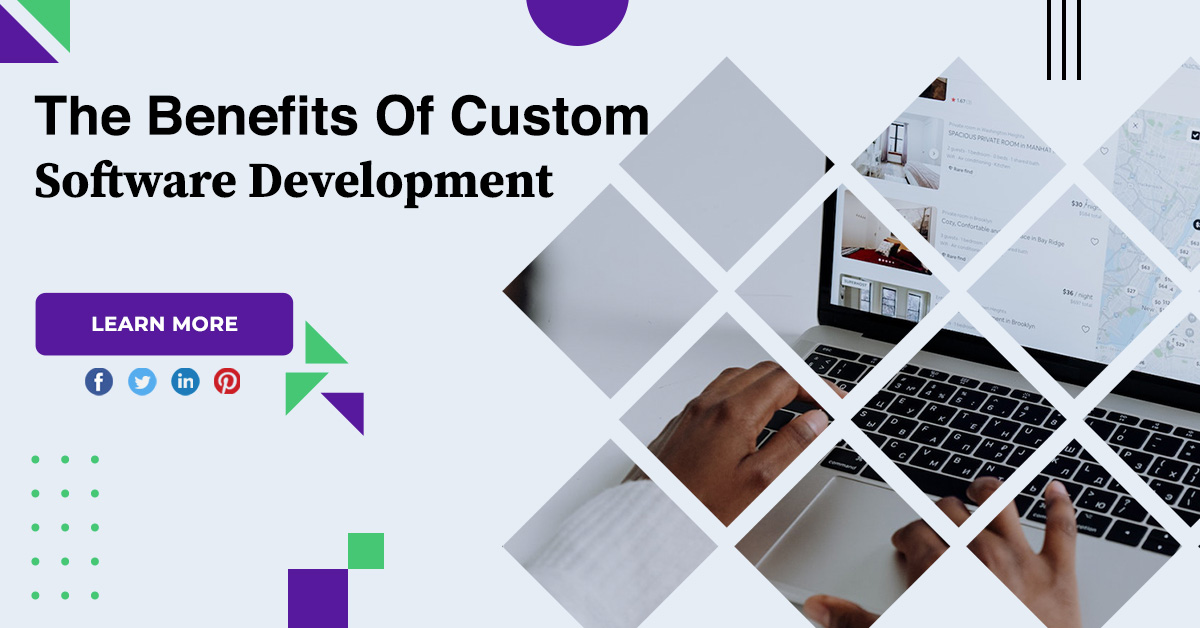We recently caught up with Drew Firment from Pluralsight and asked him all about their predictions for 2023, including what are the most in-demand cloud computing skills, what your business needs to do to adopt the cloud and reach cloud maturity, the upcoming trends in cloud computing that will become a larger part of the landscape in 2023, whether the cloud skills gap will increase/decrease, what to focus on when starting to learn cloud skills, what industries benefit the most from cloud adoption, and much more below.
What cloud computing technologies and relevant skills will be most in demand for 2023?
While machine learning and artificial intelligence are the bright and shiny objects getting the most attention, fundamental cloud computing skills remain the most relevant and in-demand skills for 2023. According to Pluralsight’s State of Cloud report, 75% of tech leaders are building all new products and features in the cloud moving forward, while only 8% of technologists have significant cloud-related skills and experience.
What can businesses do in 2023 to pursue deeper cloud adoption and cloud maturity?
The shift from consumers to creators of talent will be the key differentiator of cloud leaders in 2023. Gartner reported that 50% of enterprise cloud migration will be delayed by two years or more due to the lack of cloud skills directly impacting the ability of enterprises to achieve cloud maturity and a return on their technology investments.
In order to overcome the challenges of cloud adoption, enterprises must invest as much effort in migrating their talent to the cloud as they are in migrating their applications. Lift-and-shift migration strategies limit the benefits of cloud platforms, and the approach doesn’t work well for workforce transformation either.
In order to achieve a sustainable transition to cloud adoption and maturity, enterprises must strategically invest in skills development programs designed to attain cloud fluency at critical mass.
What trends in cloud computing do you see becoming a larger part of the cloud landscape in 2023?
Regardless of your opinion on the viability of multi-cloud to avoid vendor lock-in, the strategy is now part of the industry landscape. More enterprises are embracing multi-cloud by either design or happenstance.
The increased adoption of multi-cloud will accelerate the demand for tools needed to manage the increased complexity as enterprises struggle to wrangle the span of their implementations. The trifecta of multi-cloud challenges and solutions that’ll trend in 2023 include 1) security, 2) cost, and 3) operations.
In addition to the trending technical challenges of multi-cloud strategies, it’ll also be necessary for technologists to become multi-lingual across two or more cloud providers. With the existing shortage of cloud talent, expect the trend of multi-cloud strategy to add a further strain to the existing skills gap.

Do you think the cloud skills gap will be reduced or continue to expand in 2023? Why or why not?
The cloud skills gap is set to expand in 2023, even further separating the leaders from the laggards. Demand for the cloud continues to increase with 75% of tech leaders building all new products and features in the cloud moving forward with 62% of leaders implementing the latest technologies as soon as they’re available.
Despite the best intentions and aspirations of many tech leaders, only 8% of technologists have significant cloud-related skills and experience. It’s difficult to implement and maintain new cloud services when 64% of technologists say that they are new to cloud learning and are looking to build basic cloud fluency.
Many organizations are starved for the talent that’s required to achieve their cloud transformations, while many individuals lack the cloud skills to participate. To solve this problem, enterprises must shift from consumers to creators of talent. Unfortunately, we have a long way to go.
For those new to learning cloud skills, what is one thing they should focus on in 2023 in order to succeed?
If you’re new to learning cloud skills in 2023, rest assured that you’re not alone. 64% of technologists say that they are new to cloud learning and are looking to build basic cloud fluency.
To get started, the first step is to pick a cloud provider, either Amazon Web Services (AWS), Google Cloud (GCP), or Microsoft Azure. To help make that choice, consider the predominant cloud provider of your existing organization or your desired employer. For reference, their 2022 market shares are AWS (34%), Microsoft (21%), and GCP (10%).
Once you’ve selected a cloud provider, the next step is to focus on cloud literacy. Similar to learning a new language, it’ll be important to spend time understanding the foundational components of the cloud provider in terms of their computing, storage, database, networking, and security services. Each cloud provider offers basic certifications which are an excellent way to learn the basics while also earning industry credentials.
While a cloud certification is a great way to learn the language, it’s important to put cloud literacy into action in order to gain some hands-on experience. Building a simple website with cloud services is an example of a small project that can be your goal in 2023.

Which specific industries will benefit the most from deeper cloud adoption in 2023?
There isn’t a single industry that hasn’t benefited from cloud computing or is being actively disrupted by early adopters of cloud computing. What’s most relevant in 2023 is going beyond the implementation of cloud computing to reduce infrastructure costs, and shifting to the cloud as a strategic business lever for driving innovation and speed to market. It’s no longer the big eating the small, but the fast eating the slow.
As industry-leading early adopters dive deeper into their cloud adoption in 2023, expect to see the gap widen between leaders and laggards. With the foundational cloud architecture and practices in place, leading organizations can move forward with leveraging advanced machine learning and artificial intelligence cloud services to codify industry patterns, and quickly distribute those services at a global scale with edge computing.
Drew Firment
Drew Firment is Vice President of Enterprise Strategies at Pluralsight. He works closely with business and technology leaders to accelerate cloud adoption by migrating talent to the cloud. Drew was previously Director of Cloud Engineering at Capital One where he led enterprise cloud operations within their Cloud Center of Excellence and migrated the early adopters of Amazon Web Services (AWS) into production. He founded Capital One’s cloud engineering college which drove a large-scale talent transformation and earned a patent for measuring cloud adoption and maturity. Drew is recognized by Amazon as an AWS Community Hero for his ongoing efforts to build inclusive and sustainable learning communities.
Become a subscriber of App Developer Magazine for just $5.99 a month and take advantage of all these perks.




















Discussion about this post